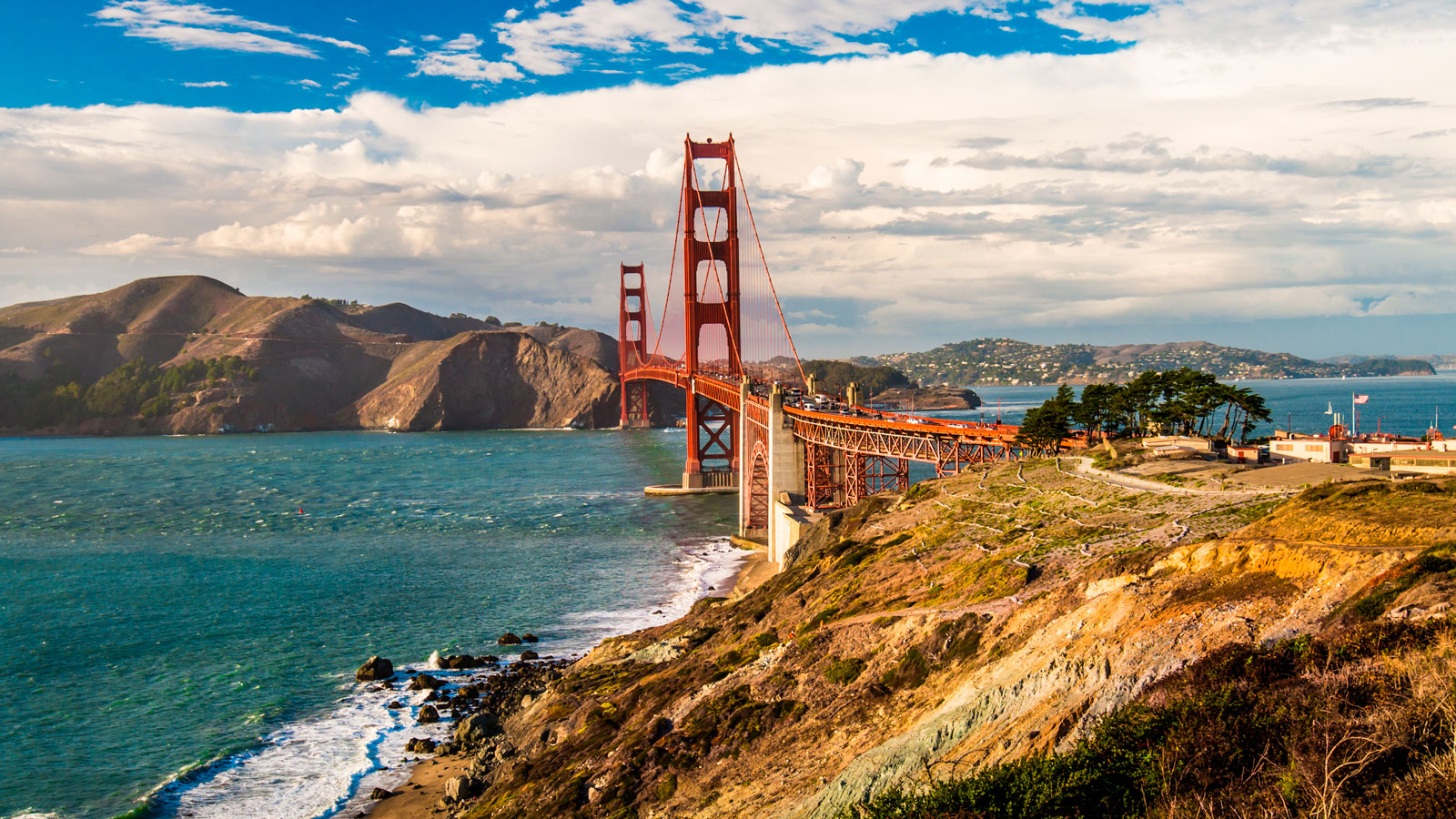NEWPORT BEACH, Calif. — For the first time, scientists say they have seen a species of bright green algae growing in the waters off California — and they are hoping it’s the last. A team on Wednesday started removing the patch of fast-growing algae known as Caulerpa prolifera from the harbor in Newport Beach, suctioning it through a tube and filtering the ocean water back out. The invasive algae can overtake the environment and displace critical food sources for ocean animals on the Southern California coast.
The process will take four or five days and much longer until scientists determine the algae is gone for good. So far, it’s been confined to a roughly 1,000-square-foot (90-square-meter) area not far from a small but famous beach. But tiny fibers can easily break off and take hold elsewhere. “We’re at a point here where we’ve got a shot to get rid of it,” said Robert Mooney, a biologist with Marine Taxonomic Services overseeing a large pump that a team of three divers uses to remove the algae. “We don’t have the luxury of waiting to see what happens.”

The discovery of the species late last year and confirmation this spring spurred federal, state, and local officials to act. They are eager to prevent it from spreading, noting the algae has invaded other habitats like the Suez Canal. They said it was crucial to work quickly because swimmers and boaters moving through the water could contribute to the algae spreading. California faced a similar problem two years ago when a related invasive alga was detected off the coast of Huntington Beach and Carlsbad. It cost $7 million to eradicate and prompted the state to ban the sale of Caulerpa taxifolia and other algae. That species — known as “killer algae” — has caused widespread problems in the Mediterranean Sea. Mooney said it isn’t edible by many fish and invertebrates and can displace plants that are.
“It looks like somebody took a roll of AstroTurf and laid it out across the seafloor,” said Christopher Potter of California’s Department of Fish and Wildlife. The invasive algae recently identified in Newport Beach is related but isn’t prohibited in California. It is used in some saltwater aquariums, and scientists think it likely wound up in the harbor when someone washed out a fish tank, possibly into a storm drain.
“It’s more than likely the source is an aquarium release,” said Keith Merkel of Merkel & Associates, a biological consultant on the project. “It can spread from tiny fragments if you replace the water in your aquarium, clean gravels, and use buckets to dip water out and in.” The source hasn’t been confirmed, and the push is on to remove the algae as quickly as possible from Newport’s China Cove. Experts said that while native to Florida and other tropical locations, it can overtake natural habitats in California. So far, divers haven’t detected the algae elsewhere in the harbor. But it will require surveys over time to be sure and repeat removals if more is seen, Merkel said. “There’s a good chance that it has spread; we just don’t know where — which is our biggest fear,” Merkel said.
